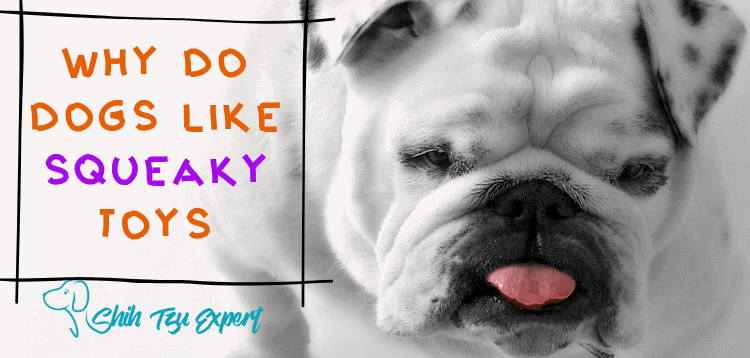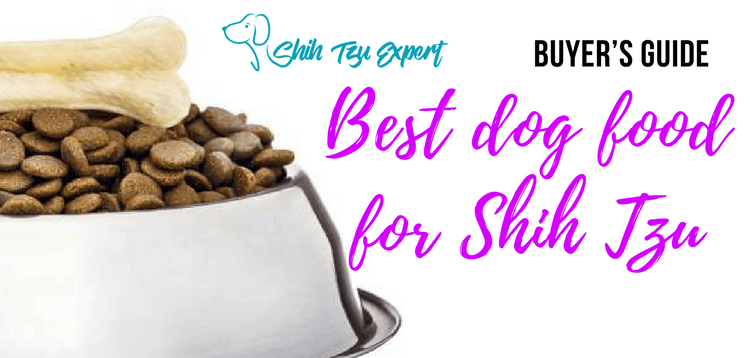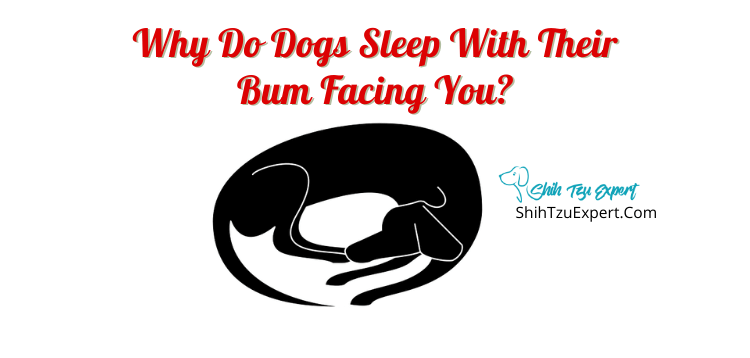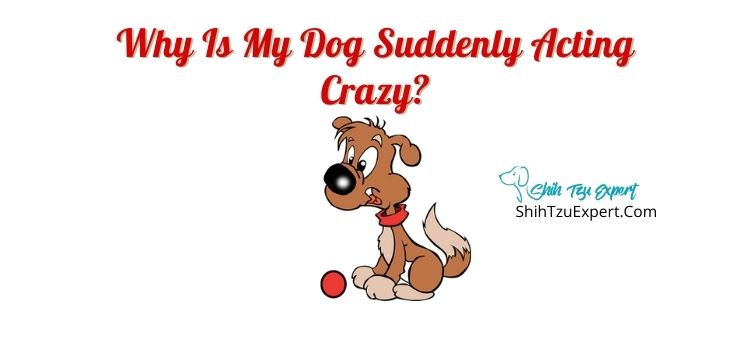 The sound is irresistible to them. The high-pitched sound that perks them up out of a sound sleep or distracts them from a yummy steak dinner. Squeaky toys are to dogs what the sound of the ice-cream man’s truck is to children in the summer. Dogs begin to whimper with excitement as their eyes light up, their tails begin to wag and they begin to pant with anticipation of playtime. So exactly why do most dogs love the sound of a squeaky toy? What is going on in those cute, lovable heads of theirs?
The sound is irresistible to them. The high-pitched sound that perks them up out of a sound sleep or distracts them from a yummy steak dinner. Squeaky toys are to dogs what the sound of the ice-cream man’s truck is to children in the summer. Dogs begin to whimper with excitement as their eyes light up, their tails begin to wag and they begin to pant with anticipation of playtime. So exactly why do most dogs love the sound of a squeaky toy? What is going on in those cute, lovable heads of theirs?
Why do dogs go crazy over squeaky toys?
Is there science behind this phenomenon? Yes and no. Although there are animal professionals desperately trying to decipher what dogs are thinking, no one study is yet definitive. However, there are some theories.
Because all dogs are part wolf (but not all wolves are dogs), it is assumed that dogs respond to the sound of the squeaky toy out of instinct. A small animal in distress sometimes makes a high-pitched sound when it is in pain. This sound would signal to a wolf that an easy meal is nearby. This would certainly get a wolf very excited and happy. Considering the fact that all dogs are descended from wolves, it is logical to theorize that this is what is happening in the thought process of a dog.
Also, because wolves prefer their meals fresh (a fresh kill), once the animal has stopped whimpering, it’s time to eat. However, in the case of a squeaky toy, dogs know they can’t really eat it, so when the squeaker portion of the toy breaks, the dog most likely will lose interest. The thrill of the hunt is gone.
The hunting instinct is inherent in all dogs, but it is stronger in certain breeds. For example, hunting breeds will find squeaky toys much more irresistible than other breeds. Labradors, Pointers, Golden Retrievers, Bloodhounds, German Shepards and Dobermans are just a few examples of hunting dogs, also known as Sporting Dogs. The prey drive is very strong in these breeds and can be traced to ancestral wolf DNA from thousands of years ago. Trying to diminish or eliminate this hunting instinct from these breeds may prove futile to even the most persistent owner. Those wishing to own a dog, but not hear the annoying sound of an incessant squeaky toy somewhere in the house should opt for a more docile breed such as the English Bulldog, Pug, Great Dane or Cavalier King Charles Spaniel.
There may be another reason why dogs just love these dollar store gems. The toys, along with their sounds, are instantly rewarding. Dogs love instant gratification and being able to pursue, catch and dominate something that makes a sound can boost a dog’s self-confidence. It allows the dog to learn by trial and error and feel the thrill of victory once the dog has achieved its ultimate goal-get the toy! This is also a great way for dogs to release a lot of pent-up energy in a positive way. When dogs are allowed adequate playtime with toys that allow them to simply be a dog, the chances for unwanted behavior to happen are reduced. But as always, it is very important to monitor your dog as it plays with various objects. Dogs that have swallowed simple household objects have ended up in vet surgery ultimately costing the owner thousands and thousands of dollars. So always try to keep an eye on your furry family.
Why is my dog whining while carrying a toy?
Ok, so you’ve chosen your dog and he’s a hunter. You’ve supplied numerous chew toys for him to occupy his time while you do other, frivolous things (like laundry) and you’re rewarded with the high-pitched sound of various-sized squeaky toys scattered around your house. As if this isn’t annoying enough, the dog comes trotting after you with a saliva-coated frog in its mouth and begins whimpering like a pregnant woman in her 20th hour of labor. What the heck is going on?! What does he want from you? He has his prize in his mouth so why would he want for anything else? Well, there’s a little more going on in his head than just the possession of the toy.
After getting a favorite toy firmly in their jaws, some dogs will trot around the house or yard whimpering and whining. For one thing, the perception that a whining sound is a distress signal is a human perception and not necessarily an accurate audial cue for other species. A dog may be overwhelmed by the excitement of being in possession of the toy and expresses its excitement audibly, not unlike a child who has been told they are going to be visiting an amusement park soon. The positive stress of the knowledge is so overwhelming that sounds of joy is the only way the brain can relieve some of that positive excitement/stress.
Another possibility is that the dog is looking for a place to secure the highly-prized toy for safe keeping. He may be worried that others might find his coveted possession and take it from him. The whining is therefore correctly interpreted as a whine of worry. However, if the dog whines with the toy while near its owner, this may be the dog’s way of signaling that it wants the owner to play with her and the toy. Of course each dog is different and it is the responsibility of the owner to observe and understand their own dog’s emotional cues.
Why do dogs tear up squeaky toys?
Many a dog owner knows that sometimes just chewing and throwing the toy around the room just isn’t enough for Killer. Some dogs just aren’t happy unless that toy is completely shredded and destroyed beyond recognition. What would make a dog go to such lengths to “kill” the squeaky toy?
It may be that the dog’s instincts kick in to such a degree that the wolf in him totally takes over. This seems to be very enjoyable for dogs because they are able to ignore other outside stimulus such as the TV, the kids and even you! Dogs may also do this out of boredom.
Dogs, like humans and any other animal, need to DO something. If they don’t have anything to keep their minds and bodies occupied, they may end up getting themselves into heaps of trouble. Therefore, letting them tear the shreds out of that squeaky duck may be just the right solution for Fido.
Also, like some humans, some dogs aren’t content with just doing a half-fast job. To not completely dismember the toy, to the dog, this may be akin to only doing half of the job required. Some dogs will not be satisfied unless the job is completely finish and to them, this may mean tearing that Hello Kitty doll into oblivion. The dog may also be expecting praise for her good work, but sometimes owners perceive the shredded toy to be done by a naughty dog, and punish the pooch. This may lead to great communicative confusion for the dog, because in her mind, she had done a good job and is being punished.
If shredded toy pieces lining your hallways isn’t your milieu of interior decoration, you may be better off with a cat. However, if the dog is a must, then you must understand that shredded squeaky toys and dogs go hand in paw. Don’t punish or praise if a dog devours that $50 toy you just bought him [or just get a toy like this that is tougher and durable]. Clean it up, throw it away and go to the dollar store for more.
Are squeaky toys bad for dogs?
With all of that tearing and shredding of something primarily made of plastic, is it fair to say that a good portion of that plastic will be ingested by your furry buddy? Chances are very good you’ll probably see a lot of different colors coming out of her backside on the morning walk. So is eating this plastic harmful for dogs? We can’t imagine it being particularly nutritious, but what can happen if she eats too much?
The problem may not lie in the material itself, but the size and texture of the material. For example, some dogs have swallowed several of the squeak mechanisms only to either vomit them up, poop them out or have them surgically removed by a vet. Anyone who has actually seen these squeakers knows that some are not very small and can get lodged in their throats or cause significant intestinal pain when trying to pass such an object.
Another problem is the plastic stuffing that is found in many squeaky toys. Dogs enjoy tearing the stuffing out of these toys and then ingesting the stuffing, possibly as confirmation of a victory-kill. Dogs can choke on this stuffing or it can cause many different kinds of internal problems. If a dog ingests enough of this material, it can be fatal at the worst or cause the dog to skip a meal or two at the least. The best thing you can do for your furry family member is to closely monitor the dog’s playtime with squeaky toys or any other toy containing anything other than food. Once the toy is broken open, get it away from your dog any way you can (distract the dog with food, ring the doorbell, etc.) and discard the broken toy. It’s cheaper to buy your dog a new toy than to take them to the vet after they’ve eaten a used one.
Alternatives to squeaky toys
If you’re not exactly thrilled about the idea of having to take your pooch to the vet to have the squeak mechanism removed from their small intestine, you may consider some alternatives. For example, crinkle toys have become very popular in recent years. They do not contain harmful squeak balls inside of them, rather they have a material that makes a crinkling sound like that of balling up paper or plastic. This may be far less annoying to the pet owner and safer for the dog should the dog tear open the contents of the toy. However, reasonable care and supervision should still be exercised whenever a dog is playing with any kind of object it finds interesting.
Another alternative are old, but clean, socks. Most dog owners will tell you that dogs already have an obsession with this particular piece of human outerwear, so transitioning old socks into toys can be a welcome alternative to squeaky toys for many dogs. The best thing to do is to make a tight ball out of 2 or more socks, then monitor the dog to see if she tries to swallow them. If she does, another choice might be best. You could also try sewing the socks together very securely with strong thread if the dog tends to pull the socks apart.
Furthermore, if you are in desperate need of some downtime and just want to relax, read, have a bath, try giving your dog a rawhide bone or a super-strong chew toy that allows you to stuff it with treats. These alternatives to squeaky toys will ensure you get time to yourself while safely allowing your dog to entertain themselves while you are not there to immediately supervise him.
Is chewing sticks bad for my dog?
Many dog owners wonder why their dog likes to chew on sticks, twigs and other kinds of wood. Well, they’re dogs! Most like to chew. Some dogs aren’t big chewers and will leave things like twigs, shoes, electrical wires and other things, that would freak you out if you saw them in their mouths, alone. However, if you’re not so lucky to have a dog like this, just know that chewing is an innate instinct for most dogs so if you see your dog with a branch in its mouth, it’s just doing what dogs do-chew!
On the other hand, you shouldn’t just let your dog have its way with wood. Wood splinters and can get lodged in the dogs mouth, throat, stomach and intestines, causing very painful harm to the dog and very expensive visits to the vet for you and your dog. If you like to have your dog outside, put some of his favorite toys outside for him to play with as an alternative to the branches and sticks. If you see your dog getting interested in a twig it shouldn’t be sniffing, give a verbal cry of negativity such as “HEY!” If the dog doesn’t respond to this or ignores your warning, have a squirt bottle filled with water nearby to spray him with to emphasize your seriousness. Although the dog may be frightened for a moment, it will be better than having to take tweezers to his gum line.
How best to control toys with your dog
If you really have a chew-swallow issue with your dog and its toys, you may want to reserve toy time as a reward for good behavior only. By not keeping the toys at floor level, you’re communicating to the dog that the toys are not his possession, but for reward and good times only. Your dog may treat them with far more respect and will be less likely to have a power-trip over them by tearing them to pieces and ingesting them.
Try using the toy when training. If the dog complies with a command, the reward should be time with the toy. If the dog does not do what it is told, just don’t provide the toy to the dog. The dog will begin to understand that the presentation of the toy is a reward for following orders.
If the dog does tear the toy to shreds, that’s fine, as long as you are supervising the dog. If the dog pulls out the stuffing, collect what has been pulled out, restuff the toy and sew it up securely before letting the dog have the toy again. Do this especially if you know the dog absolutely adores a particular toy that can be salvaged in this way. There’s nothing more disheartening for a dog than to watch you toss their beloved toy in the trash. Think of a child who has broken its favorite toy, then watches sadly as the parent walks it out to the recycling bin. However, sometimes a curbside grave is the only alternative. If this must happen, be sure to give your pooch lots of love and hugs and present him with a new toy or dog chew as a consolation prize.
Essentially if you really want to curb your dog’s obsession with tearing its toys to pieces, this kind of training must begin when their pups. Don’t leave a dog unsupervised after introducing a new toy, or you many reenter the room with the toy partially lodged in your dogs throat while the rest of it is all over the room. Furthermore, professional dog training may be required for the most stubborn canines, but persistence is the key! A good pet owner knows that training doesn’t end in a few days, but must be ongoing, sometimes for years and years to come. Consistency by the owner is the key to training and lots and lots of patience is certainly required. Seek professional trainer advice regarding home training your vicious Chihuahua and everyone should live happily ever after!



![Best Cheap Dog Foods - our Top 10 Picks of High Quality Brands That Are Still Affordable [Under $1 per pound!] in 2023 Best Cheap Dog Foods - our Top 10 Picks of High Quality Brands That Are Still Affordable [Under $1 per pound!] in 2023](https://shihtzuexpert.com/wp-content/uploads/2018/01/Best-Cheap-Dog-Food-Featured-image.png)
